One thing that no seafarer can avoid is to not to deal with IMO conventions.
IMO conventions run the shipping trade.
Now try saying that ten times.
But seriously, without all these IMO conventions
- there would be many more accidents
- there would be much more pollution, and
- there would be many more sub-standard ships
I say this even when I am of the opinion that few of the IMO conventions are poorly implemented in the industry.
But for we seafarers who are not maritime lawyers, the process of IMO conventions confuse us.
After all, there are so many terms associated with the IMO conventions.
Protocol, code, resolution, treaty, convention, circulars, amendments and much more.
Confusing right?
Well, I am not writing this post to define all these terms. I have already written on a couple of these terms in my earlier posts.
Few of these posts are here for quick reference.
- Understanding IMO Conventions, Resolutions, and Circulars
- Treaty and Convention, How These Two Are Different?
- What is the difference between a Convention and a protocol?
- What the difference between a treaty and a convention?
But what I am here to discuss today is the process birth of an IMO convention and how and when it is amended.
Let us start.
Need for a new IMO conventions
Before we discuss anything about IMO conventions, we need to know who decides if a new IMO convention is required?
Let us think of few of the IMO conventions. What triggered the need for these conventions?
SOLAS: The sinking of Titanic and loss of more than1500 people triggered the need of a convention that could look into the safety issues. That led to the formation of SOLAS convention.
MARPOL: Grounding and oil pollution from oil tanker Torrey Canyon alerted the world to the dangers of oil tankers. This incident and many other oil pollution incidents in mid 60’s led to MARPOL convention.
ISM: The sinking of Herald of free enterprise highlighted the issue of “Human error” and IMO responded with the introduction of ISM code.
Ballast water convention: Various studies found that when ballast water is a dangerous source of the relocation of many organisms in water. If suitable conditions exist in this release environment, these species will survive and reproduce and become invasive species.
In many cases, these organisms can become a dominant species by the extinction of native species. That can have negative effects on public health and industries that rely on this water.
We can see from these conventions that whenever a weak link is identified in the shipping trade, IMO brings a convention to address that.
The weak link can be identified either
- by a major shipping incident or a trend of smaller incidents
- by a major research work
Even the enhanced survey programme was introduced as a result series of loss of the bulk carriers because of structural failures.
Bottom line is that whenever IMO finds any weak link, it responds with either bringing a new convention or amendments to the existing convention.
How a new IMO convention enters into force?
When the IMO identifies a need for a new convention, it starts the process of bringing it into force.
But bringing a new convention into force is not so easy.
The mere fact that the ballast water convention entered into force after 13 years of its adoption would suggest how hard it may be for the IMO to bring a new convention into force.
Entry into force of an IMO convention is a lengthy process. And it starts with a suggestion from one of the members in the session of the committee. This is followed by a process to create a draft convention.
1. Draft convention
The session of the committee is held every 6 months. Based on the information and research, any member state can propose the need for a new convention.
If satisfied with the merits of the proposal, the committee will forward the proposal to council or assembly as required.
If the Council or Assembly accepts the proposal, it would authorize the committee to proceed with the work.
The committee will then work on this proposal in detail and will draw a draft convention.
This draft convention is then sent to the Council and the Assembly. At this point, the committee would also recommend the Council and Assembly for a conference for the adoption of the convention.
2. Adoption of the convention
The Council or the Assembly would set a date for the conference for the adoption of the convention and communicate this date to all the member states.
The draft convention is also circulated to all the member states for their comments. The committee examines the comments (if any) from the various member states to amend the draft convention before the conference.
In the conference, the amended draft convention is presented to the member states.
Once the majority of the member states present agree with the final draft of the convention, it is formally considered adopted.
The adopted convention is then sent to the Secretary General of the IMO who sends the copies to all the member states.
3. Ratification of the convention
An adopted convention is still not binding on the member states. The convention needs to be ratified.
The required conditions for this adopted convention to be considered ratified are pre-agreed during the drafting process.
These conditions are in one of the articles of the adopted convention.
For example, Article 18 of the Ballast water convention has set the conditions for entry into force of the convention as
The convention will enter into force 12 months after ratification by a minimum of 30 States, representing 35 percent of world merchant shipping tonnage.
How many states and how much tonnage percentage for ratification is decided by the committee and agreed by the member states during the adoption process.
Generally, the stricter convention would require more number of states and tonnage to ratify the convention for its entry into force.
4. Entry into force for the convention
A convention would enter into force when a minimum number of member states accepts it.
But how do a member state can tell the IMO that they accept an adopted convention?
There are few ways.
By Signature
If the convention allows, the most formal way of showing the acceptance of the convention is by a simple signature.
In this method, the representative of the member state signs on the sheet provided by the IMO.
The member states can also sign with a remark such as
signed subject to ratification, acceptance or approval
This would mean that the state wants to sign the convention but it must first be accepted or approved by the parliament of their own state.
IMO allows a certain period to the member state for showing their acceptance to the convention by signature.
By Ratification
If a member state has signed the convention subject to ratification, acceptance or approval, this member state would not be considered to have shown its consent for the convention.
This means that IMO would still not consider this state as the one which has ratified the convention.
This member state is required to deposit a document called “instrument of ratification” to the depository of the convention.
In simple terms, the depository is the department which keeps the track of member states that have ratified the convention.
By Accession
IMO sets a time frame (say, 12 months after adoption) for the acceptance of the convention by signature.
After this time frame is over, the member states can show their consent by accession.
Accession is the method used by a State to become a party to a treaty which it did not sign whilst the treaty was open for signature.
A member state is considered to have become the party to the convention when it deposits the “instrument of accession” to the depository of the convention.
For example, Ballast water convention was to enter into force 12 months after ratification by a minimum of 30 States, representing 35 percent of world merchant shipping tonnage.
As of Jan 2016, the convention was ratified by more than 30 states but it still was short of 35% of world shipping tonnage.
In September 2016, when Finland submitted the “Instrument of accession” to the IMO the conditions required for the ratification of Ballast water convention were met.
Following the accession by Finland, the ballast water convention entered into force on 04th Sept 2017.
5. Implementing the Convention
After the convention has been ratified by the required number of states with the required total tonnage, it would enter into force after a pre-defined time.
For ballast water convention, this time was set at 12 months after ratifications of the convention.
This time is used to prepare for the implementation of the convention.
The member states which have ratified the convention need to include the convention in their country’s law.
This means that the state needs to amend their “merchant shipping act” (if that is what this law is called in that country).
When the convention finally enters into force, the countries that have ratified the convention would have the provisions of the convention included in the country’s local laws.
This way the convention becomes legally binding on the ships that fly the flag of the contracting states to the convention.
How is an IMO convention amended?
A convention that is relevant today may require some changes for it to be relevant after few years.
IMO not only works to bring new conventions but also continuously works on improving the existing conventions.
This may require the existing conventions to be amended.
Broadly there are two ways a convention can be amended.
- By a resolution to the convention
- By a protocol to the convention
1. Amendments by resolution
There are two ways to initiate the process of amendment by passing a resolution.
- By consideration within the IMO
- By Conference of the contracting states
By consideration within the IMO
Let us look at the stages of process of amendments of a convention by consideration within the IMO.
Proposal
The proposal for amendments of a convention can be initiated by any contracting states. The proposal is made to the secreatary general of the IMO
The SG would pass the amendment proposal to MSC or MEPC for review.
MSC or MEPC would draft the resolution and submit the resolution for adoption.
Adoption of resolution
Once MSC or MEPC have the draft of the resolution, these are forwarded for adoption.
Resolutions are adopted by voting in Maritime safety committee or Maritime Environment Protection Committee.
For successful adoption of the resolution
- At least one-third of the contracting governments should be present for voting.
- At least two-third of the contracting governments present should vote in favor of the resolution.
Acceptance of resolution
The adoption process requires the presence of only one-third (at least) of the contracting states. But for acceptance of the resolution, the majority of the states need to agree on the resolution.
The most common way of acceptance of a resolution is “tacit acceptance”.
As per the “tacit acceptance”, it is implied (assumed) that a contracting state has accepted the resolution if it does not oppose it within a particular time frame after the adoption.
The conditions of the acceptance of a resolution are provided in one of the articles of the original convention itself.
2. Amendment by Conference
In this way, a group of at least one-third of the contracting governments need to propose the amendment to the relevant committee of the IMO.
The committee would then call for a conference of all the contracting states for that convention for the adoption of the proposed amendment.
The process of adoption and acceptance is similar to what we discussed earlier under “amendment by consideration within the IMO”.
This is the fastest way to bring an amendment to a convention.
Why?
Check out the two conditions for the adoption of an amendment.
1. At least one-third of the contracting states must be present for voting.
As one-third of the contracting states have proposed the amendment, they all would most certainly be present for voting.
2. At least two-third of the contracting governments present should vote in favor of resolution
Even if all the contracting states were present for voting, the one-third are already sure of voting in favor of the amendment.
3. Amendment by Protocol
The protocol is not exactly an amendment. It is a convention within a convention.
Sometimes a change is required in the convention that is too significant to be amended by a resolution.
Few example of these significant changes can be
- a change that is applicable to the all the chapters of the convention.
- A change to include a new area in the convention (for example inclusion of Annex VI in the Marpol)
- the entire convention needs to be reworked.
Protocol to the convention brings major changes to the convention.
The states that had ratified the original convention may not accept the protocol to the convention.
For this reason, the protocol to a convention enters into force in the same way as a convention would have.
This means that a particular number of states with the certain percentage of world’s tonnage need to ratify the protocol for it to “enter in force”.
Even when a protocol enters into force, it will only be binding to the countries that have ratified the protocol. It will not be binding on all the contracting states to the original convention.
As you can see that out of 163 countries that ratified the SOLAS convention, 43 countries still have not ratified the 1978 protocol to the SOLAS convention.
And 53 countries that ratified the SOLAS convention have till date have not ratified the 1988 protocol to the SOLAS convention.
Conclusion
Among many other things, IMO’s work include creating new and amending existing conventions to help ships face the challenges at the sea.
As seafarers, to understand the signficance of these conventions we must understand how these conventions are brought and how these conventions are amended.
Share this:

About Capt Rajeev Jassal
Capt. Rajeev Jassal has sailed for over 24 years mainly on crude oil, product and chemical tankers. He holds MBA in shipping & Logistics degree from London. He has done extensive research on quantitatively measuring Safety culture onboard and safety climate ashore which he believes is the most important element for safer shipping.
Search Blog
24 Comments


Sir good day . My self Gautam Kumar . I am NCV master. I had passed my ORAL yesterday only. I just can not stop my self writing to you . Sir I was much confused before studying blogs of yours on IMO 's process of getting Resolution adopted and there are various other things (Especially P & I club , Marpol Annex IV , etc) , Sir I had studies on other sites also but your blogs have more clarity and best part is your examples (case study ). However the read content were not been asked in my orals part but they all were very informative . Thank you very much for making available such a good platform. Appreciated if some blogs related NCV (Indian Coast Trading , Manning of NCV Vessel , Coastal Navigation etc) also followed in your next blogs.

Glad you found it useful Gautam...I will write on suggested topics in near future...

Well, this is so useful, I am preparing for MEO Class I.... the concept was given in so many books but beautifully explained here in your blog.

Very good, easy to read explanation on some of the workings of the IMO. Well done!

Thank you very much sir Very easy to understand Found it very useful

Thank you very much sir Very easy to understand Found it very useful. sir can you explain with a flow chart how IMO structure is made. how many member states currently... likewise...

excellent sir

This gave a clear picture, thank you captain! Could you shed some light on the countries not ratifieng a protocol, if I understand correctly it means that MARPOL annex 1&2 are mandatory, the others are not since they didn't exist in the original convention?

Thank sir for writing in such simple way to understand the laws Can explain or write about EEDI in simple way to understand about it?

Thank u sir exelent

Nicely done flow-charts sir. Intend to use them in exams

Thank you sir for the post.

Sir, This is an excellent article. I was very confused before going through your article and now the subject is very clear to me. Many many thanks for writing such articles. Thank you so much Sir.

Sir, This is an excellent article. I was very confused before going through your article and now the subject is very clear to me. Many many thanks for writing such articles. Thank you so much Sir.

Hello sir, Reading your full article I have 2 questions . 1. What does percentage of world tonnage mean. 2. What will happen if any country does not retify or accpet any Conventio. Will be very grateful if could clarifymy doubt. Thank you

Hello Sir, thank you very much for sharing your knowledge with us, the clarity of article is fabulous . please continue your great work .

Hello Sir, This is a great article, you cleared my all doubts regarding IMO machinery. I am preparing for MEO class IV. I know this is beyond the scope of my subject, but yet again this was very helpful. Thank you

Very good description sir...

Good day Captain Jassal, Just went over your article and have found it immensely intresting and relevant for a course I'm giving at the Georgian College in Ontario, Canada. The vulgarising way you explain these very often complicated things will be greatly appreciated by my students. Thank you very much and keep up the good work. Lode

Fremont provides the best Safety Equipment Supply in UAE. Safety first should be the motto of our company

Hello sir, Very useful article as i will appear Class-II written exam next month. Thank you. For exam purpose one more article i need to know. Kindly would u like to discuss about- " The provision and its importance towards entry into force of the Convention " I would be very grateful if the above topic describes. Thanks.

Extremely helpful in understanding the topic completely. Explained well in simple language which is as simple as possible. Thank you and Kudos.
Leave Comment
More things to do on myseatime

MySeaTime Blogs
Learn the difficult concepts of sailing described in a easy and story-telling way. These detailed and well researched articles provides value reading for all ranks.

Seafarers Question Answers
Ask or answer a question on this forum. Knowledge dies if it remains in our head. Share your knowledge by writing answers to the question

MySeaTime Podcast
This podcast on the maritime matters will provide value to the listeners. Short, crisp and full of value. Stay tuned for this section.

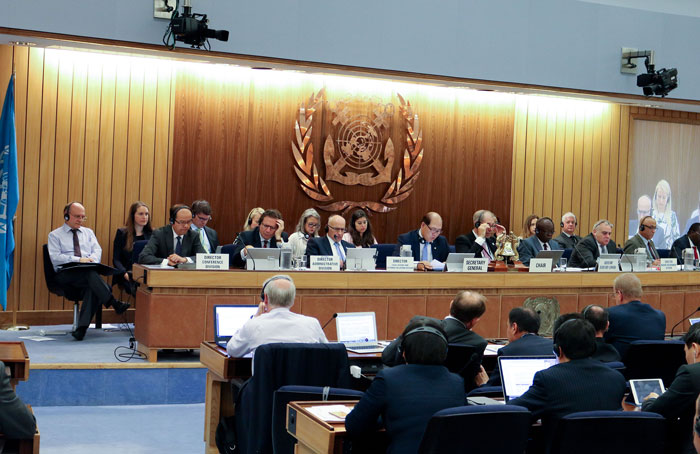
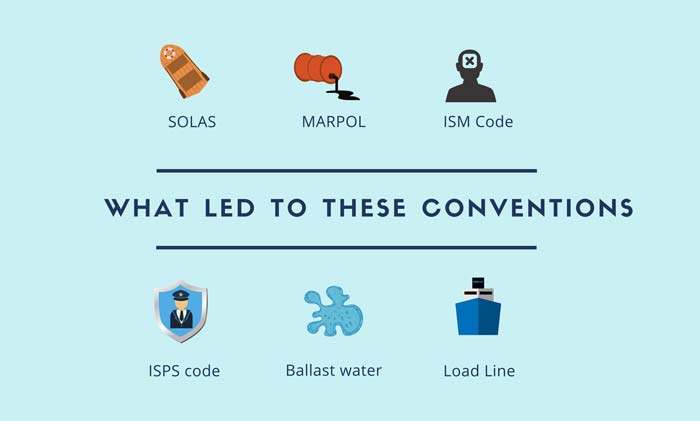
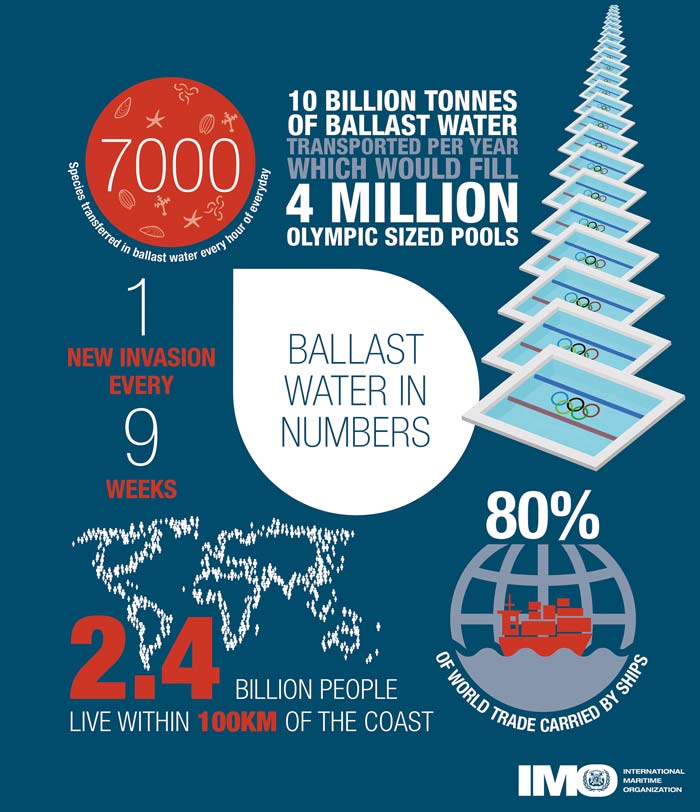
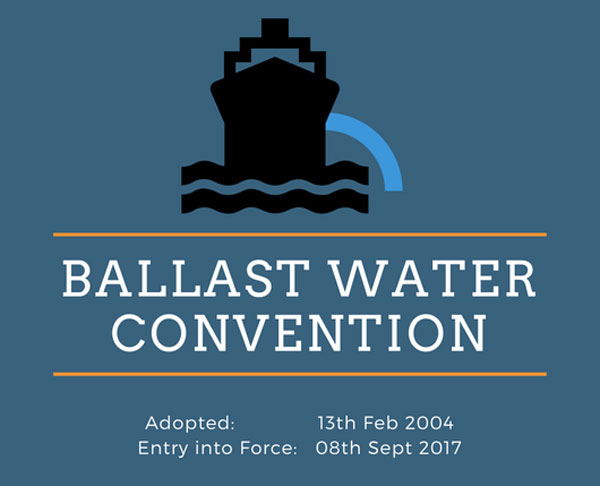
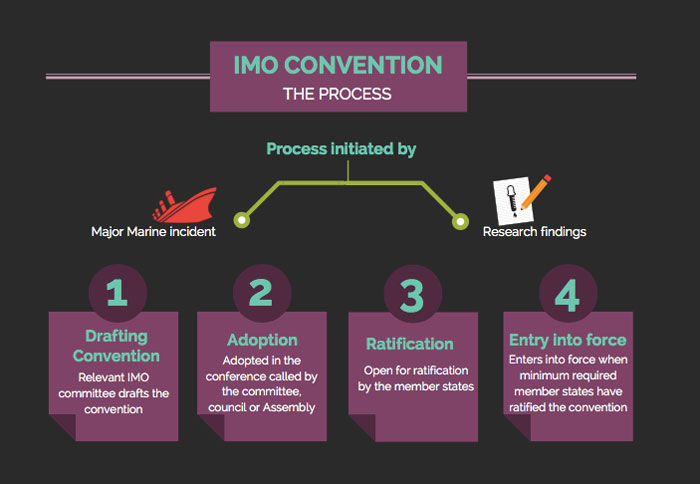

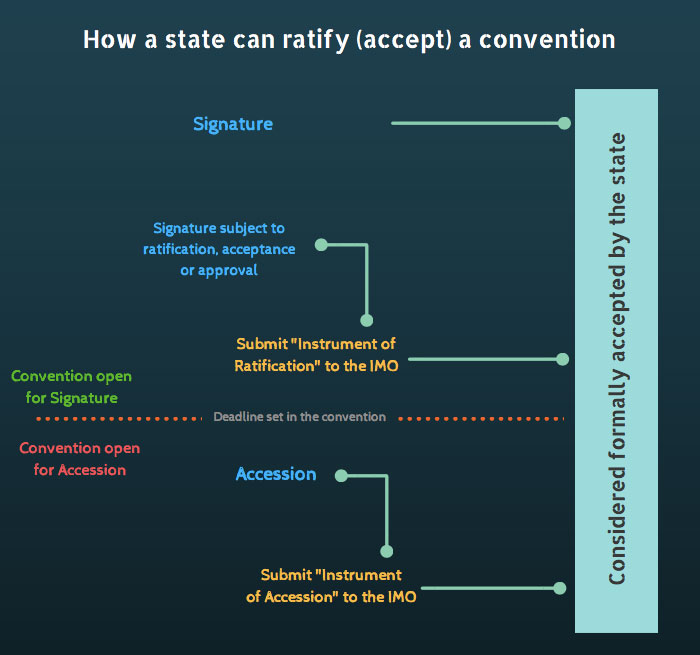
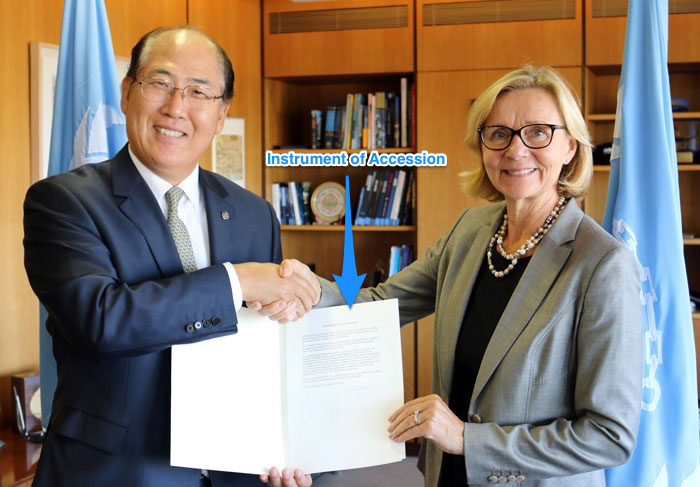
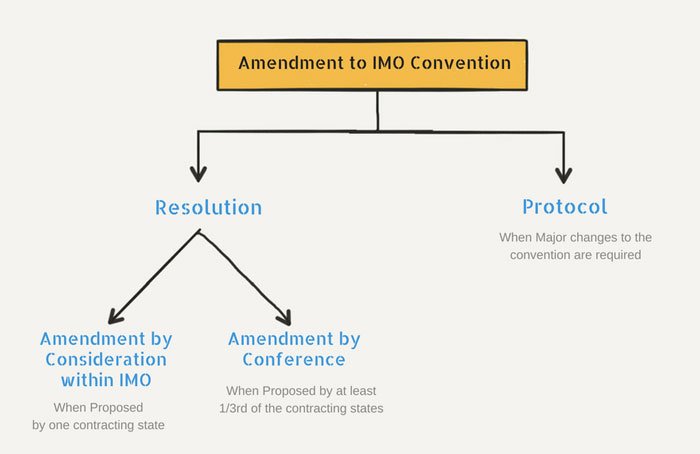
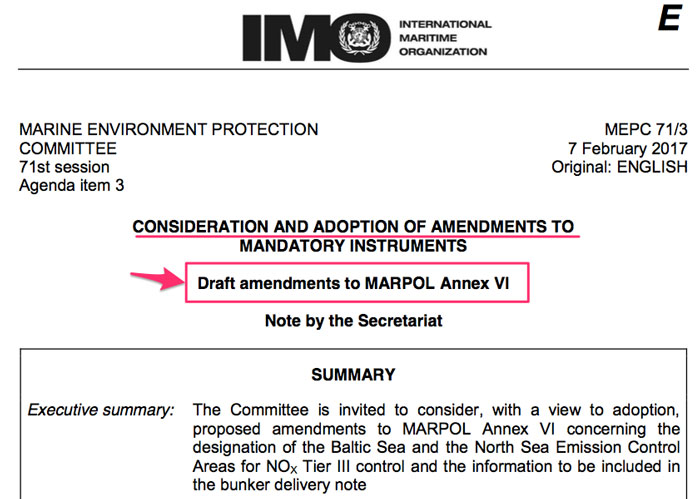
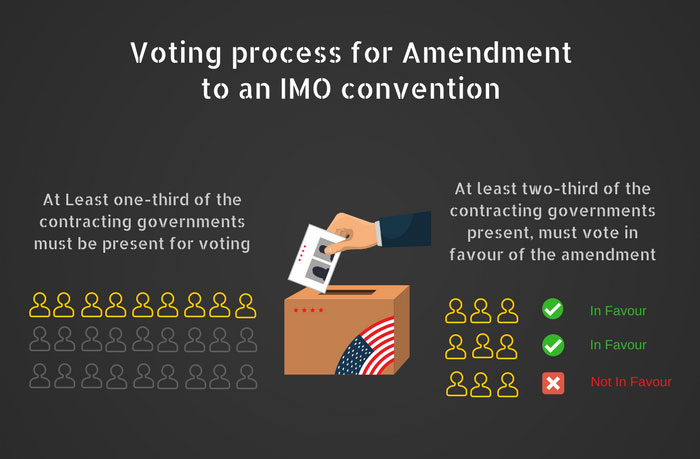
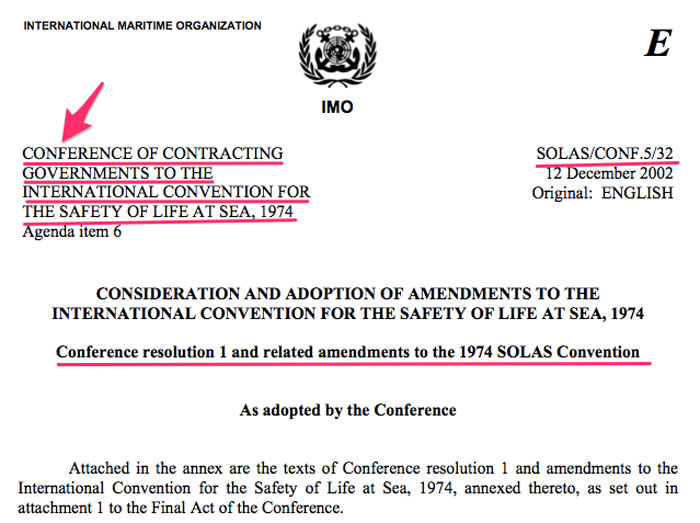
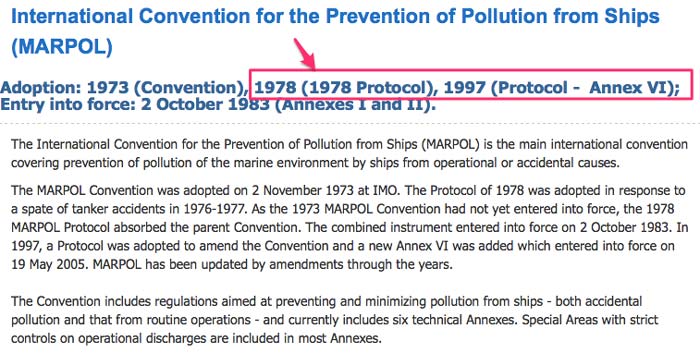
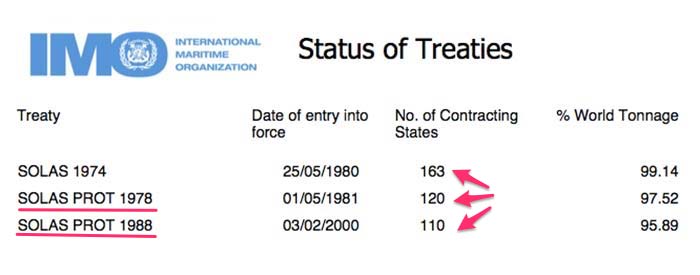
Good read Capt! Been reading your blogs recently and learning a lot, keep it up sir & thank you for sharing!
Glad you are finding these useful Mikee...